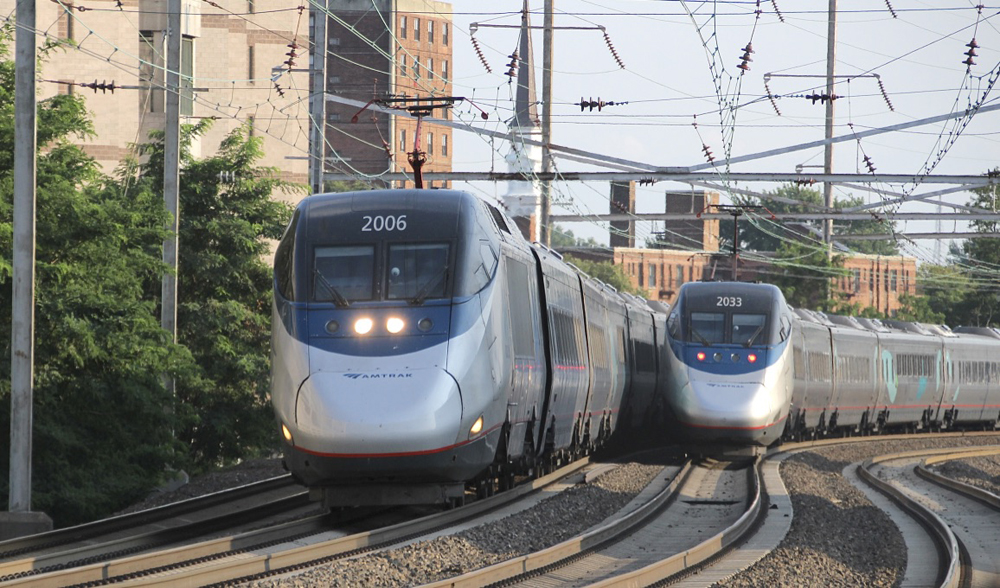
WASHINGTON — Amtrak today has announced applications for nearly $7.3 billion in Federal Railroad Administration funds for 14 projects to improve infrastructure and service on the Northeast Corridor, as well as $716 million for 16 projects to address long-distance network needs and expand service.
The two announcements come the day before Amtrak CEO Stephen Gardner is slated to appear before a House Transportation and Infrastructure Committee hearing on Amtrak operations [see “Amtrak CEO Gardner to testify …,” Trains News Wire, June 2, 2023].
Amtrak’s press release on the Northeast Corridor requests lists a number of major projects included in the funding applications, including the B&P Tunnel replacement (Frederick Douglass Tunnel) in Baltimore; the East River Tunnel rehabilitation; a series of major bridge replacements; and a program to improve track speed between Washington and New Jersey. Funding would allow construction to begin on several of these projects, part of a backlog of Corridor infrastructure work
The FRA identified some $10 billion in “major backlog” projects last year [see “FRA ‘project inventory’ priorizes potential $24 billion of Northeast Corridor grants,” News Wire, Nov. 18, 2022] and announced an almost $9 billion Notice of Funding Opportunity for Corridor projects in December [see “FRA announces $9 billion in funding …,” News Wire, Dec. 23, 2022].
Sen. Chuck Schumer (D-NY) says the applications include funding for Metro-North’s Penn Access project, which seeks to bring the commuter railroad to Penn Station via Amtrak’s Hell Gate Line and add four new commuter stations in the Bronx [see “MTA awards contract for Penn Station Access,” News Wire, Dec. 16, 2021].
The grant applications were submitted through the Federal-State Partnership for Intercity Passenger Rail-NEC Program.
“In order for Amtrak to continue advancing a new era of passenger rail, we must make generational investments that require federal funding,” Gardner said. “Securing these grants would help reaffirm our commitment to improving and replacing critical railroad infrastructure, ensuring better service for years to come.”
Long-distance grant requests
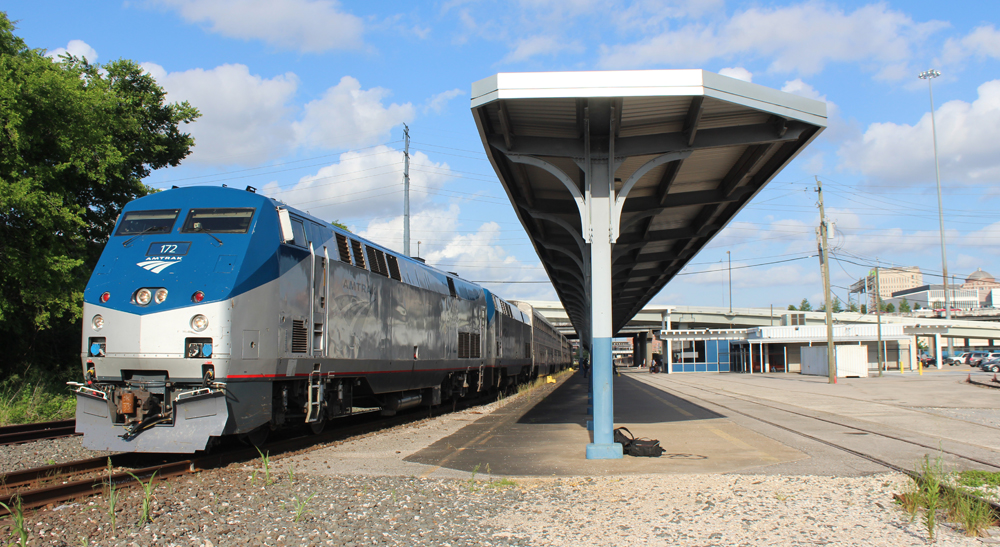
While the complete list of long-distance projects is not included, Amtrak says they include daily service for the Cardinal and Sunset Limited, currently operating three times a week, as well as an improvement in Cardinal travel times between Indianapolis and Dyer, Ind., and a return of Sunset Limited service to Phoenix; a Crescent extension along the Interstate 20 route from Mississippi to Texas; signal improvements on the Southwest Chief route in Colorado and New Mexico; Empire Builder “rail enhancements” in Montana; and a new Crystal City station for service in Arlington, Va.
Funds for these programs would come from the Federal-State Partnership for Intercity Passenger Rail Program and the Corridor Identification and Development Program.
“Amtrak’s long-distance routes are vital mobility and economic links for communities around the country and we’re continually working to enhance them,” Amtrak Board Chair Tony Coscia said. “These grant applications reiterate our commitment to improving service for all Amtrak customers, from small, rural towns to major metropolitan areas.”
Each release also includes a series of endorsements from members of Congress and other officials — including 14 senators and House members regarding the NEC applications and six senators and four House members on the long-distance plans. The full Northeast Corridor release is available here, while the full long-distance release is here.







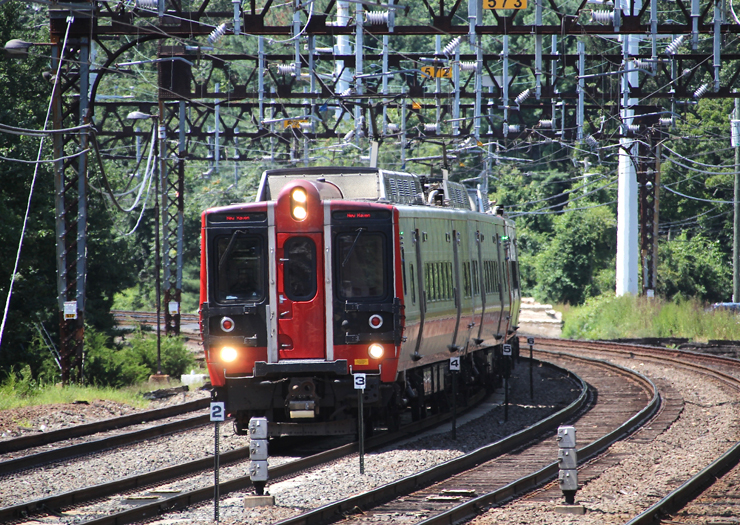
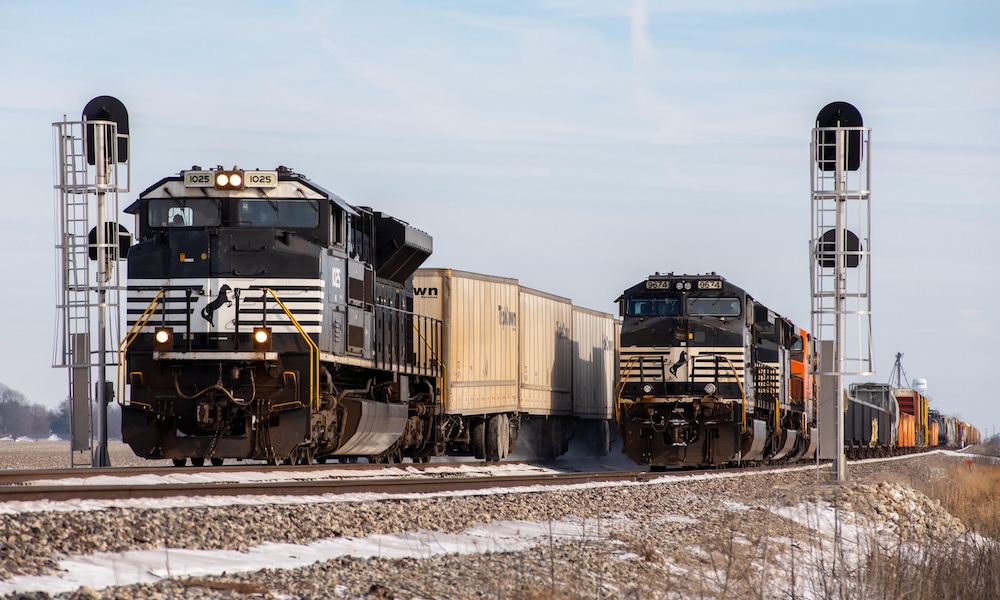
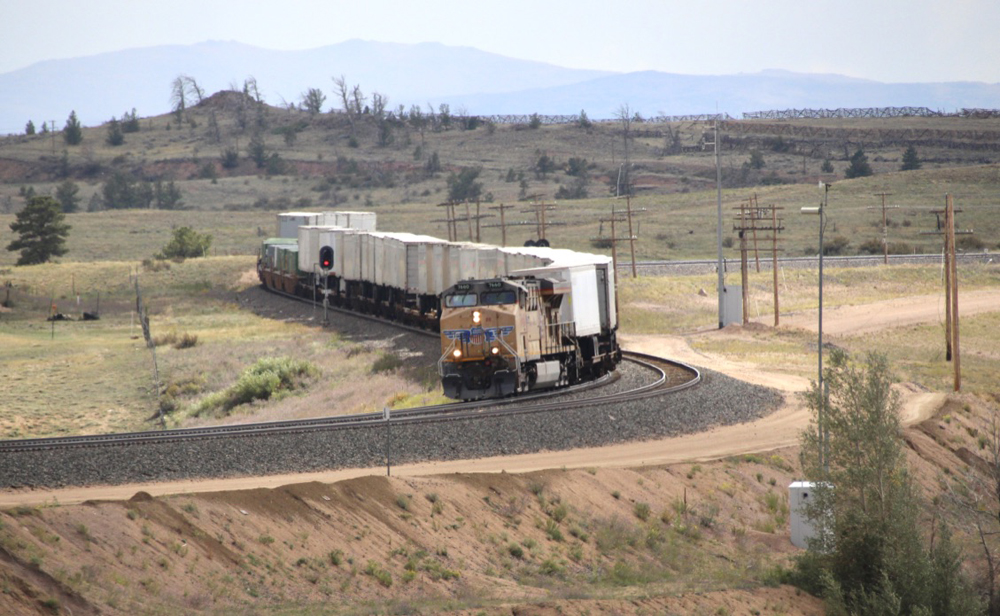




Long distance trains and routes must be expanded and service increased. There are many towns and small cities in this country where Amtrak is the only option to get somewhere. Many towns and cities don’t have access to or can support local transit service such as bus or commuter rail. Even ride share services as Uber and Lyft don’t even serve some of these small towns and not everybody can own or drive a car. For most of these folks living in these areas , the daily Amtrak LD train is their only option and even at late night or early morning hours when that train stops at the town depot. Amtrak needs to do a better job of improving and expanding service to these folks and their towns and cities. Even some large cities are bereft of decent and expanded train service. An example of a large city wih only one daily passenger train serving it is Atlanta, Georgia. Only the Crescent limited stops there and the train station in Atlanta is on the outskirts of the city with no decent connections into the business or heart of the city. This is just one example of where Amtrak needs to build its customer base with addedservice and decent and timely connections to local transit options serving the heart of Atlanta. The Northeast Corridor is well serviced and has plenty of train service as of now. It is the long distance trains that need to be taken care of and expanded. Without the LD trains, the Northeast Corridor couldn’t even survive on its own or turn a profit. Also any electrified service is far more expensive to operate and has to generate enough traffic and passenger usage for it to make money and justify it being eletrified. Let’s hope that this grant thattAmtrak gets is wisely put to good use where it is needed and invested in the right order. These grants will not last or continue to come forever.
Joseph C. Markfelder
The vast majority of small towns in America aren’t served by Amtrak and never will be. Even if these towns had a train, who’s to say that the train takes the small-town resident to his or her destination? Do people in some North Dakota small town only go east-west? I doubt it. Do people in Tomah, Wisconsin, only go east-west? No that’s ridiculous.
So with all respect to small towns, there has to be another justification for Amtrak. Amtrak needs to connect the big cities where there is a market, with small towns if on the route getting that benefit.
Both the proposals are needed investment in the system. I live in the Philadelphia suburbs so the northeast improvements will be of great benefit for our region. However the interesting thing is that I have used Amtrak Long distance trains more often than the Northeast trains. I used Amtrak for both business and pleasure trips. Some people tend to forget Amtrak was created to serve the whole country. Not just the northeast or other higher population areas. One of the things I noticed on my long distance trips was the number of passengers using Amtrak to get to cities or towns all along the route sometimes even when the train arrived at what I would consider poor times of night. Long distance trains if operated well, meaning good on board service including dinning and lounge cars as well as a reasonable on time performance can run at reasonable cost. Let’s face it Amtrak today is loosing many long distance riders due to poor service and lack of cars to provide enough coaches and sleepers to meet demand. At least these plans are showing progress on both the northeast and long distance trains and should improve Amtraks financial performance.
Union Pacific priced their infrastructure upgrades to allow Amtrak to provide daily service on the Sunset Limited over UP’s route between LA, El Paso, San Antonio, and New Orleans. It was $3.0 billion, and that was fifteen years ago.
Also, UP is not legally obligated to accept a lesser offer or enter into negotiations. That has legally already been established. No one will make UP “accept an offer they just can’t refuse.”
Those numbers ought to be flipped! Not even a quarter of the total $$ to the LD network & how many of the proposed LD projects will even see the light of day? $7 billion to the money pit that is consistently last place among all other modes in this corridor which already sees huge private & public investment. If they want to boost Amtrak’s ridership & raise revenue in this corridor then ban short distance flights as France is doing & don’t invest Fed hwy $$ in the roads in this corridor. Continuing to feed the weakest performer in this corridor is not going to improve its numbers they need to concentrate the $$ on corridors & routes that are not well served by other modes & are driving distances that are not convenient.
I’m disappointed in the very small number of public officials in regards to the LD trains
I wonder if “signal improvements on the ‘Southwest Chief’ route in Colorado and New Mexico” are the best use of funds, since the ‘Chief’ is the only train using most of this route — well, without knowing the specifics, possibly some portions cover tracks also utilized by freight and/or commuter trains. Anyone have more details? I notice that the City Manager of Trinidad, Colorado, is the only public official in the two states quoted in support of this work.
No, Senator Martin Heinrich of New Mexico is also quoted. But no, this isn’t a good use of money, but the Southwest Chief route from La Junta to Albuquerque has been and will be a perpetual money pit for the American taxpayer. Amtrak should have rerouted the train when BNSF first advised Amtrak of their intent to remove nearly all freight traffic permanently, but Amtrak, RPA, and politicians all hitched their wagon to a lame horse instead. After BNSF’s offer to accommodate the train via Amarillo with little additional infrastructure was ignored, they pulled the offer altogether, so now the choices are discontinuance or keeping paying the maintenance costs of being the only trains out there. It’s the stupid decision that will keep on giving until the train is gone.
MARK — You would add a train to Amarillo, while removing Amtrak service from western Kansas, southeastern Colorado, the Santa Fe area, and Albuquerque. Meaning, one train can’t go everywhere.